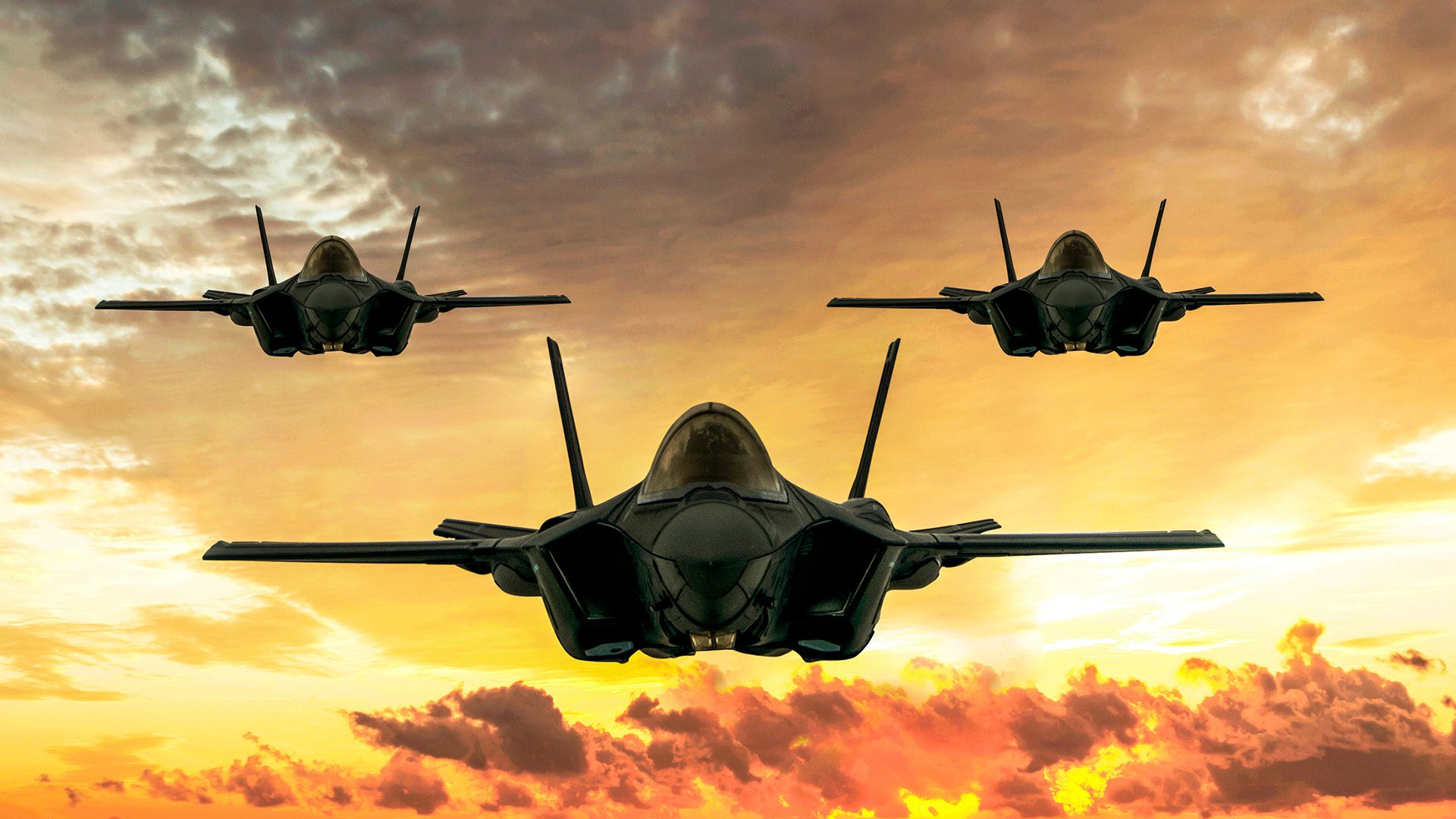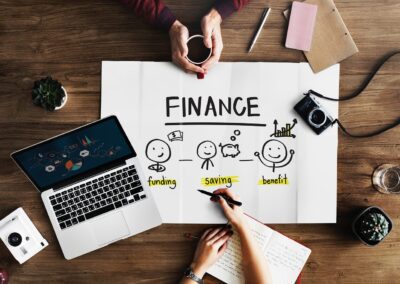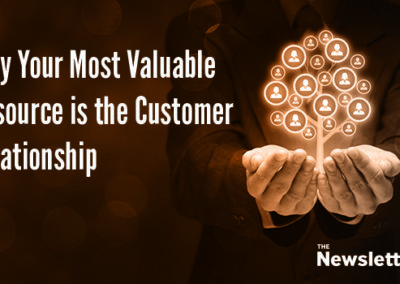When we set out to create our 2017 referral program contest, the objective was to have the winners join us for an aerial battle in Vegas, reminiscent of scenes from Top Gun. Real jets, real pilots, and real wingmen. After the success of our first program, we were extremely excited about the potential of a new, more exciting referral program. But unfortunately, it never became a reality. Following the tragic shootings at the concert in Las Vegas, we decided it was in bad taste to continue our program with Vegas as the end game.

Being the marketing students we are, when the referral program contest didn’t take shape as we had hoped, we saw a great opportunity to grow. Putting our initial disappointment aside, we sat down and took a look at the data from both of our referral programs and found that the biggest source of learning potential for us wasn’t in our more recent Top Gun program (though there were lessons to be learned there), but in our very first program.
Since we couldn’t bring Top Gun in the way we originally intended, we decided to bring it to you the only way we know how. Here is what we learned from our referral programs and how you can use this information to benefit your own business.
There Are No Points For Second Place
When we started our first referral program, our aim was to grow our business and get more customers. We didn’t want to settle for anything less than hitting our growth goals, and we saw this program as a great vehicle for just that. Not only did we achieve our goals, but we also learned a lot about our team and the process as a whole. I’m going to peel back the curtain and share those lessons with you.
That’s Right. I Am Dangerous
This program came about because getting new customers here at Newsletter Pro is hard and expensive, just like it is for most of you. On average, we spend $1,200 to get a new customer.
We’ve always had some kind of referral program going, but the reward has sometimes been less enticing for someone who might give us a referral. Shortly after (literally) writing the book on referrals, I told the team that our referral program was embarrassing and that we needed to step up our game.
Mach 2 With Your Hair On Fire Promoting
My parameters for the referral program were simple.
- The prize had to be an experience.
- The prize had to fit within our current cost per new customer.
- The experience had to be something most wouldn’t do on their own.
- The referral period to win the prize had to be a minimum of 6 months in length.
The reasons for these requirements are based on extensive research on the psychology of individual motivations. While monetary rewards might be simple, they may not be the most enticing to your referral crowd. On the other hand, offering an exclusive experience that recipients don’t have to plan on their own — they simply show up and enjoy it — is where the value lies for our referral community. The referral period to win the prize was set at a minimum of 6 months. On average, that is the time it takes us to convert a new (cold) lead to a customer.
After a short brainstorming session, we came up with 3 or 4 good ideas. We locked in on one that fit our budget and time frame for planning and offered an enticing reward. We decided to gift all referral partners their own unique experience … driving an exotic car around the Las Vegas Speedway.
Now that we had an idea, we needed a goal, a fine-tuned budget, some marketing muscle, and a start date.
We’re Going Ballistic, Mav!
We brainstormed ways to market the referral promo and got to work on the creative plan.
We made program landing pages and special client landing pages. Then we created inserts, emails, and postcards. This program was no different than any other marketing program or campaign … or that’s what we thought.
At our next Monday meeting, we announced the program to the whole company. We told them what to expect along with an overview of the program so they could answer questions and direct our clients to sign up and refer.
Crash and Burn, Huh Mav?
That meeting is where we made a major mistake. With all the planning we’d done and all my years of experience, I knew we’d need my team behind us to make this a huge success.
But what I didn’t consider (and should have known) was that you need to incentivize people if you really want them to give-it-their-all. We didn’t offer any incentive to our customer service team, which meant we didn’t have enough human capital committed to making the program a success.
Yeehaw, Jester’s Dead!
With a long-term program like this, there typically isn’t some major launch where hundreds of leads come into the system. But when we did kick-off, the program leads started making their way to us in short order. From day one, we had good lead flow, which is obviously a good thing.
Once you have leads, you now need to convert them into sales. And then you need to retain them.
We have a long sales cycle, so it took about 6 weeks before we had our first sale with these referrals. But we had points on the board and our efforts were starting to pay off.
Don’t Lose That Lovin’ Feeling
Another mistake we made (that I know many others make, as well) is that we ran the program like a solo service provider runs their marketing. It was either feast or famine. We’d do a big promotional push, get a ton of leads, get busy with the leads and all the other marketing we had going on, and then we’d slow down on pushing while we focused on everything else.
Next thing you know, the leads for the referral program stopped coming in because we weren’t marketing (surprise, surprise). We eventually made another push and started the cycle over again.
After 7 months of this, the referral program was done. We ended up with 30 referrals from the program, which was a good return. Still, we knew we could have done better with tweaks to our overall process and execution.
You Can Be My Wingman Anytime
The success of any great referral program comes down to the people behind it. The key is treating your partners and employees with respect. We have a great team here at Newsletter Pro, and we have equally phenomenal clients. I am proud to be their wingman.
When you’re designing your next referral program, be on the lookout for the mistakes we made so they don’t trip you up. Focusing on these major points will help make sure your program doesn’t stumble where ours did.
- Watch out for feast-or-famine marketing.
- Don’t forget to incentivize.
- Keep parameters simple.
- Focus on lead conversion.
- Retention is key.
- Invest in your people.
With these ingredients, we have created a foundationally sound program. I’m confident that in the years to come, our Top Gun experience will become a reality. Until then, don’t let your ego write checks your team isn’t prepared to cash.












